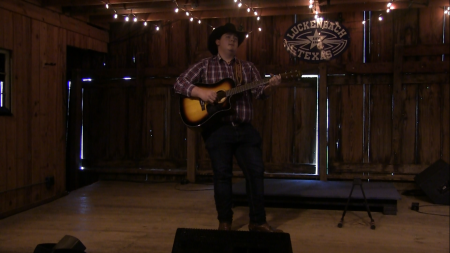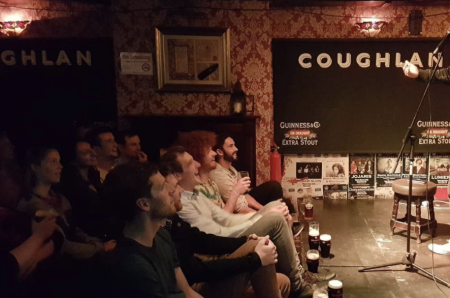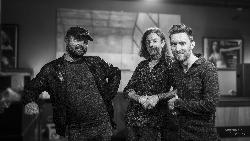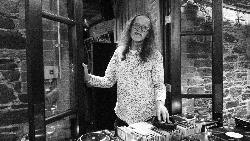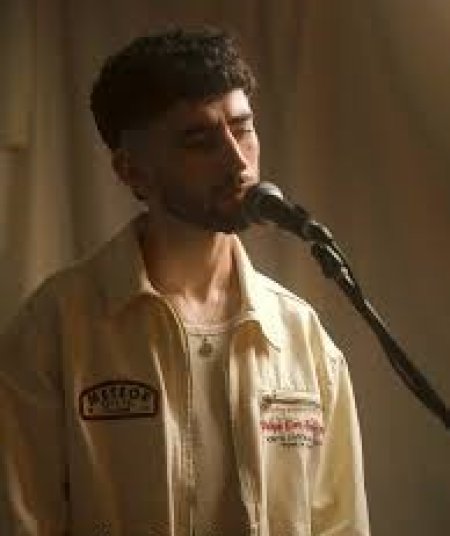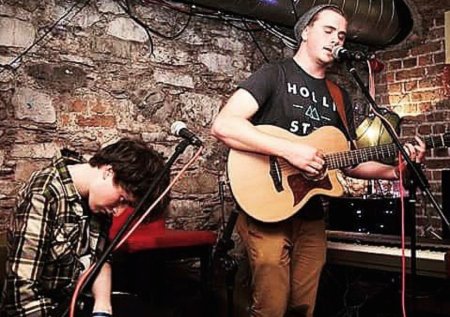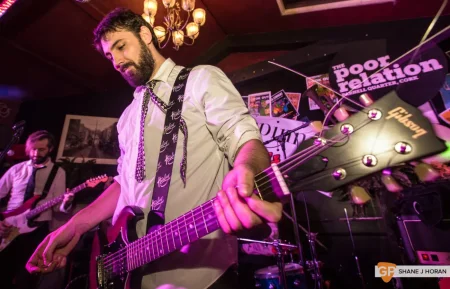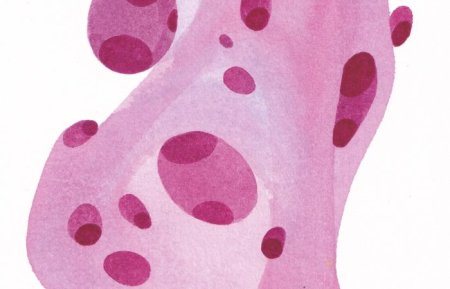Bring Michael Collins Home To Cork
29th Aug 2022
The dust
has now settled on the centenary of Michael Collins’s killing at Béal na Bláth.
Interest in the great Corkman’s life and death has surged over the last few
weeks – searches for his name on our own website have soared.
It’s hard to believe the man had achieved so much and had such weight on his
shoulders at such a young age.
Because he was “The General” and the Free State’s top military man, we often
assume he was a lot older. The image most of us would have of someone who is in
command of a country’s army would normally be of a cigar-smoking beard-stroking
fella in his sixties, but Collins was incredibly only 31 when he was shot.
For context, there are over 30 first team Premier League players that are more
than 31 years old (Cristiano Ronaldo is 37 and Thiago Silva will be 38 next
month). Closer to home, hurlers Seamus Harnedy (32) and Patrick Horgan (34) are
still flying for Cork – and Christy Ring played senior hurling into his
forties. Collins was a still a young fella by today’s standards making his
achievements even more extraordinary.
In RTE’s fascinating programme Cold Case Collins that was aired last week
(still on the player if you haven’t seen it) forensic experts and historians
gathered to examine the circumstances around The General’s death in west Cork.
The show provided us with some excellent maps of the ambush scene explaining
the make-up of the convoy Collins was travelling in and detail about his
movements at the site as the Free Staters tried to fight off the ambushers.
As well as clarifying that Collins was fatally shot in the head after he moved
beyond the last armoured car in the convoy just as the ambushers were
retreating, Cold Case Collins dispelled a lot of other rumours and
half-truths that had been given weight over the last 100 years like the
conspiracy theory that one of his own men shot him.
One
particular rumour that was quickly waved away by the team of experts as
nonsense were the plethora of suggested dying words the Corkman was supposed to
have uttered as he lay on the ground being cradled by 24 year-old Major General
Eamon Dalton, a former captain in the British Army.
There was unanimous agreement on the programme that Collins would have been
able to say little or nothing after being shot in the head. This drew the
immediate attention of the People’s Republic as there was a long-held belief by
many that Collins said he wanted to be buried by the Dublin Brigade - “bury me
in Glasnevin with the boys” is one version.
It has always beggared belief that a proud Cork man like Collins who had just
visited his homeplace and family near Clonakilty would elect to be buried in
Dublin as he lay dying in his own county.
Putting any
words in the mouth of a dead man is a big enough dishonesty, but doing so in
order to have a Corkman buried outside his own county is truly unforgiveable.
After a long and arduous journey from Béal na Bláth to Cork city, the Free
Staters brought Collins to Shanakiel Hospital where he was laid out. It was
then decided to ship his remains to Dublin by boat and the great Corkman was
buried in Glasnevin cemetery.
To add insult to this already tragic killing, as well as forcing the Clonakilty
native to lie for eternity in Dublin dirt, the Dubs even put the wrong date of
birth on his headstone.
Collins’ descendants are hoping to amend this error – something that is deeply
disrespectful to ‘the man who beat the Brits’.
With the passing of so much time it might not seem as serious as it actually
is, but the gross lie that this Cork hero said he wanted to be buried in Dublin
as he was dying is outrageous and is a historical wrong that should be put
right.
This 100 year old fake news was most likely concocted to smother descent and
discomfort in his native county. No Corkman or woman in their right mind would
want to be buried in Not Cork. They certainly wouldn’t want to be buried in
Dublin.
100 hours
in The Pale is long enough for most of us. Collins has now spent 100 years
there. It’s surely time to consider bringing the Corkman home to his native
county to be reburied on rebel soil.







